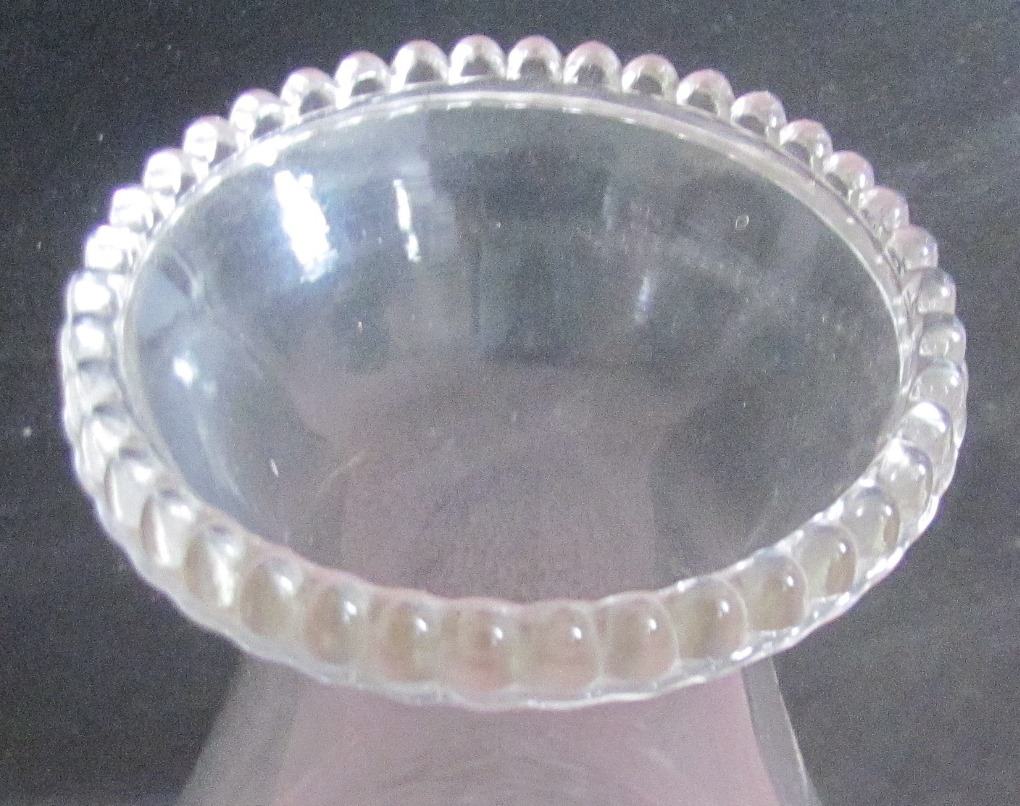
In my 50-plus years buying antiques from private homes, I met many old Vermonters. Some of these old Vermonters knew things now long forgotten. Below I give a few examples:
Quilts
It was probably 45 years ago, I was in an attic of a generational home buying antiques. I opened an old blanket box. Inside, neatly folded, were a number of antique quilts. One by one, I took them out and unfolded them to look them over. The old lady stood beside me and told me who made or owned each quilt.
One quilt had stains. When I pointed it out to her, she told me how to remove the stains. She said, “On a very cold winter day, take the quilt outdoors and lay it stain side down in the snow. Leave it out overnight and bring it in the next day. The cold will draw the stains out.” I’ve never tried it but it seems plausible.
Candle wax
I learned from an old man how to remove built up wax from candlesticks. This is very simple and it works. Place the candlesticks in your freezer overnight. The wax will be easier to remove the next day.
Cotton balls
One summer day, close to 50 years ago, I went to see an old man in Weston. I walked up onto his porch and knocked on the door. I noticed he had several cotton balls tied to his screen door. I asked what they were for. He told me cotton balls kept flies away from the screen door. This way you can open the door without letting flies in the house.
Ladder back chairs
This history is interesting. I have seen it a few times in my life. A ladder back chair is a high back side chair. They will have three or four horizontal slats, one above the other. Hence the term “ladder back.”
Ladder back chairs from the 18th century will sometimes show wear on the front of the finials. How could this be? Picture yourself standing behind the chair: Now tip the chair forward, so the finials rest on the floor. A toddler learning to walk would grab the rear legs or a stretcher, and push the chair around. This is how the little tike learned to walk. Generation after generation used this chair in this fashion, wearing flat spots on the front of the finials. It is part of the chair’s history. Don’t refinish.
Cutting teeth
Coin silver teaspoons were produced in the 18th century on into the mid-19th century. Individually made by silversmiths, they are very thin and lightweight. You will sometimes see these spoons where the bowl of the spoon has tiny dents.
When babies were cutting teeth, these spoons were given to the baby to cut their teeth on. If you have a coin spoon with tiny dents, this is why.
Cleaning cast iron
When your cast iron gets cruddy this may clean it for you. Place the cast iron upside down in a hot oven. Let it heat for an hour or so. Take it out of the oven and let it cool. When cool enough to handle, spread salt over the interior surface. Using a coarse cloth, work the salt into the iron. This abrasive scrubbing will improve the cooking surface.
After using a cast iron skillet, wipe it clean. Then crumple up wax paper and rub the heated surface, turning the wax paper over a few times. The wax will seal the surface.
Lamp chimneys
Some clear glass oil lamp chimneys have a ruffled top. The old Vermonters found an excellent use for these glass chimneys.
The lamp would be lit and set at a low flame. A small saucer was placed on top of the chimney. Water was added to the saucer. Then mothers placed a baby bottle in the saucer.
The ruffled top of the chimney allowed smoke to escape. If you used a regular flat top chimney, the flame would be smothered and die. The milk in the baby bottle would be warmed from heat of the flame. I remember testing heated milk on the inside of my wrist.
This week’s old saying: “Behind every successful man is an amazed mother in law.”